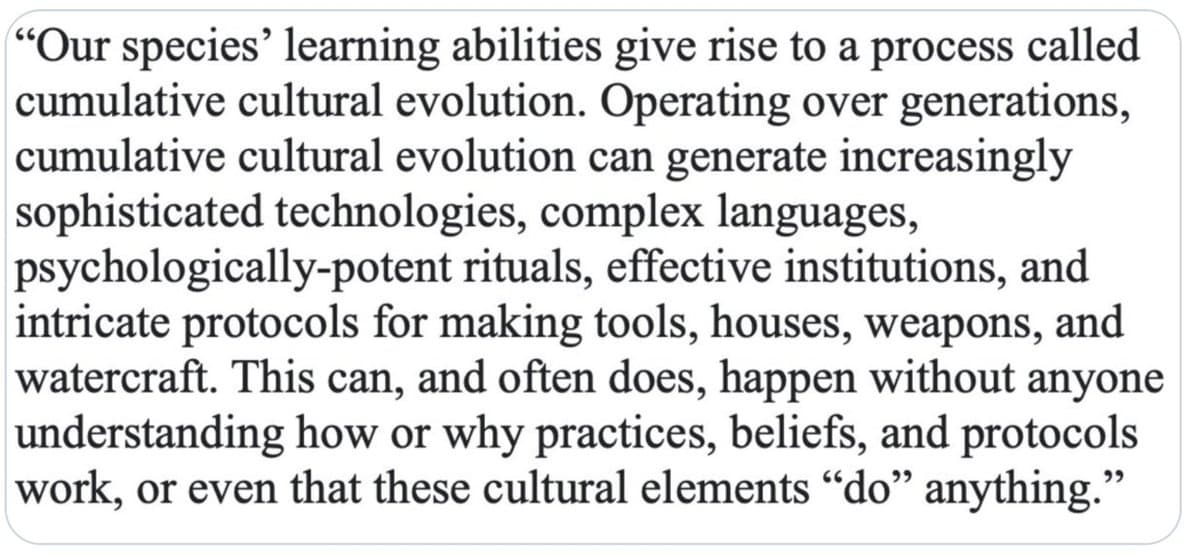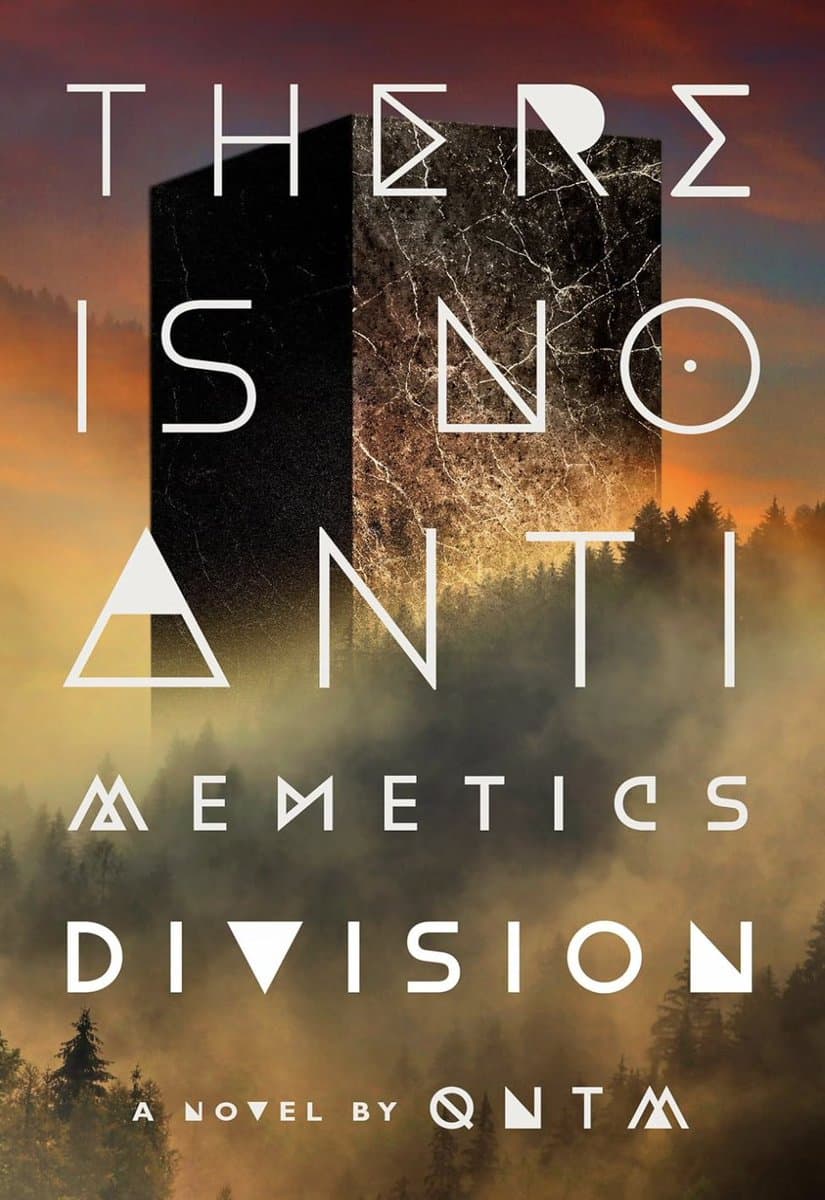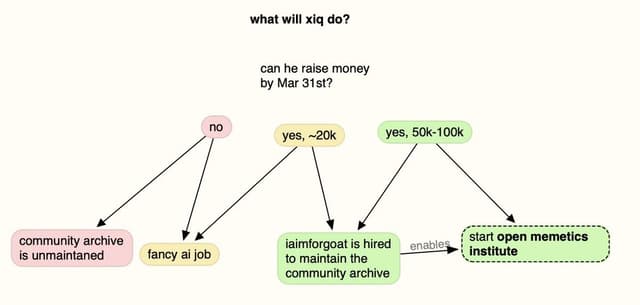🧵 View Thread
🧵 Thread (35 tweets)

1/ Cracking the Code of Contagious Ideas For decades, smart people in different corners of the academic world – memetics folks, cultural evolution theorists, communication scholars – have basically been wrestling with the same potentially trillion-dollar question:

2/ Why do some ideas catch fire and spread like crazy, changing how people think and act for generations, while others just fizzle out? It feels like they've been circling the same airport, just landing on different runways. https://t.co/tUqnZ0tGrE

3/ Now, finally, it looks like they're starting to build a unified terminal—an integrated "culture-science stack" that pulls together their best tools and, importantly, patches up the holes in each other's approaches. Here’s my take on what that stack looks like, how it works, and why Richard Brodie's old book, "Virus of the Mind," might be the missing user manual for the rest of us.


4/ Memetics: The Idea as Code (Or Virus): Remember Richard Dawkins coining "meme" back in 1976? It was Richard Brodie, though, who really brought it down to earth twenty years later with Virus of the Mind. His killer analogy: ideas act like viruses. They hijack our HumanOS," replicate, mutate, and constantly seek new hosts.


5/ That "mind-virus" metaphor is powerful. Once you picture an idea as a chunk of code – maybe with an irresistible payload – you start asking the right questions: How does it jump from brain to brain? What makes one mutation stickier than another? https://t.co/MS29ygpr4k

6/ Today's memeticists have fancier tools: mapping Twitter cascades, tracking Reddit jokes evolving, even calculating reproduction numbers (think R-naught for ideas). They can show you, for instance, that fake news travels faster and wider online than the truth. No surprise there, right?

7/ But memetics alone has always had weaknesses. The underlying theory felt a bit thin, like trying to explain market crashes just by looking at ticker tape. And they weren't great at running controlled experiments to prove cause-and-effect. https://t.co/mik28xlf65

8/ Cultural Evolution: The Operating System Rules Turns out, the missing theory was the next gate over. Researchers like Boyd, Richerson, and later Joe Henrich started modeling how socially learned stuff – skills, norms, beliefs – spread through populations. Think of it like Civilization’s OS dictating the rules of the game.

9/ Robert Anton Wilson called this the implicit “Game Rules” that people seem to understand intuitively. But different people are playing different games: Some of us copy successful people (payoff-biased), others copy prestigious people (prestige-biased), and often, many just copy the majority (conformist). Their models, tested everywhere from Amazonian villages to computer simulations, show how innovations stick, or sometimes, how entire toolkits just vanish if the social learning structure breaks down.

10/ Cultural evolution is great at explaining the big picture, the deep time stuff – why cooperation sticks, why incest taboos are near-universal. What it needed was a sharper lens on the specific idea being passed around. That's where memetics helps. https://t.co/XMNTqIwkdB


11/ Communication Studies: The Lab Bench & The Proof This is the department from Missouri: Show me. These researchers bring the causal screwdriver. Think Kahneman & Tversky showing how just framing a choice – '200 lives saved' vs. '400 will die' – completely flips our decisions. That stuff matters, big time, in everything from public health to elections.

12/Then you've got network scientists like Duncan Watts and Damon Centola scaling these experiments up. They figured out when an idea seeded in a network actually snowballs. Turns out, the shape of the network matters a lot. Clustered groups spread some things better than random connections. This isn't just theory; platforms use these models for A/B testing constantly.

13/ So, communication studies deliver the identification—the statistical muscle based on actual data to say, "Yes, this message, through this channel, caused that change in behavior." They provide the hard evidence. https://t.co/kYZulbqVBD

14/ Where It Gets Recursive: Ideas Changing Reality Here’s where it gets really interesting, almost spooky. All three fields converge when studying ideas that make themselves true. Sociologist Robert Merton called it the "self-fulfilling prophecy" in the 1940s. Think bank runs – the fear of insolvency causes insolvency.

15/ Sociologists like Donald MacKenzie showed how financial models aren't just spreadsheets describing markets; they become engines that actively shape them. Memeticists have a cool term for this: hyperstition. Cultural evolution provides the math for how this feedback loop changes the whole game, altering what "fitness" even means. Communication scholars measure the beliefs before and after the loop kicks in. It’s ideas grabbing the steering wheel of reality.


16/ The Culture-Science Stack: Putting It Together So, the integrated stack looks something like this: ~Memetics: Gives us the "idea-as-code/virus" concept – the basic unit. ~Cultural Evolution: Provides the "operating system" – the population-level selection rules. ~Communication Studies: Supplies the "instrumentation" – the experiments and metrics to prove causality.

17/ Put them together, and you get a powerful cycle, almost like engineering or even quantitative investing: 1. Predict: Use cultural-evo models. Which "meme" variations should win in this network? 2. Test: Run communication-style experiments. Frame messages differently, A/B test diffusion. What actually wins? 3. Engineer/Apply: Use Brodie's "mind-virus" thinking. How can we design messages to spread effectively (or defuse harmful ones)? Then feed the results back into the loop.

18/ Why Bother Integrating? Simple: Rigor: The fields plug each other's holes. Memetics gets theory and proof; Cultural-evo gets granularity; both get causal validation. It makes the whole enterprise stronger, more reliable.

19/ Keeping Ourselves Honest (Especially in Open Societies): Each field has ethical watchdogs. Combining them forces more explicit rules of the road – think transparency, adversarial checks, maybe even ways to measure potential harm before launching an idea-campaign. And let's be blunt: this is especially critical for open, democratic societies. Our very openness—freedom of speech, decentralized networks, countless media channels—creates vastly more entry points for manipulative ideas, making us far more vulnerable, frankly, than closed systems that can simply censor or shut things down. We need robust ethical frameworks and a clear understanding of these dynamics precisely because we value freedom and can't rely on top-down control. Our openness is a strength, but it's also an attack surface.

20/ Making it Usable (Building Cognitive Immunity): Brodie's "Virus of the Mind" metaphor is still the best entry point for non-specialists. Given our vulnerability as open societies, we desperately need that accessible "API layer." Teaching "mental antivirus" skills, based on this deeper science, isn't just nice-to-have; it's crucial education. It’s about helping people spot manipulation, understand framing effects, and build cognitive immunity in a population that, by design, is exposed to a firehose of competing ideas. Maybe we really do need an Anti-Memetics Division.


21/ Thinking of ideas as "viruses" or "code" might have sounded like just a catchy metaphor once. But when you lock together the micro-analysis of memetics, the population dynamics of cultural evolution, and the causal toolkit of communication studies, it stops being just a metaphor. It becomes a measurable, engineerable substrate.

22/ This isn't some Kuhnian revolution overthrowing everything. It's more like getting three different, partial maps of the same territory and finally seeing how they click together into one high-resolution picture of how ideas shape our world. And once you can map something, you can start navigating it much more effectively. That's the real power here.

23/ And don't fool yourself—memetic persuasion at scale is not coming, it's here. Best upgrade your OS to avoid mind viruses. A better understanding of how and why memes, cumulative cultural evolution and communication studies will not only protect you from malware, it will also improve your ability to make your good ideas more viral and sticky.

Excellent & insightful thread Jim - as someone who had the great privilege of studying with the late great Robert Anton Wilson ( ‘Uncle Bob’ as we called him) I think he’d have appreciated both the clarity of the message & it consisting of 23 posts - a supple & subtle coinci-dance.

Who will be the first to sell an eCourse on how to defend yourself against memetics and upgrade your brain? But more importantly will our government seek to protect us from mind games or develop even more powerful methods to penetrate our mental nodes? And then and give it to China who accidentally leak it...By accident of course


@jposhaughnessy Have you read Human Action by Mises? Reading at the moment so admittedly biased but it’s made me skeptical of the ability to ever truly ascertain cause-and-effect at the level of a system (like culture). On the recursive nature of reality though https://t.co/UHTSVPlLiN

@jposhaughnessy MIND THE HIVE OF THE MIND https://t.co/T4d4n3srSf


@jposhaughnessy Not sure if you're aware of it already, but I think you'd really like what @exgenesis, @DefenderOfBasic , etc are doing with the open memetics institute https://t.co/rgmvCPmd8U

ok friendsthe internet is like a jungle, full of tasty berries but also threatswe can build tools that give us ~jungle eyes~ that spot psyopshoweveri have a fancy ai job offeri would rather build the open memetics institute thoif we can raise 50k-100k https://t.co/VS428rhJue


@jposhaughnessy two related threads: https://t.co/gUcH6kDO6Y

